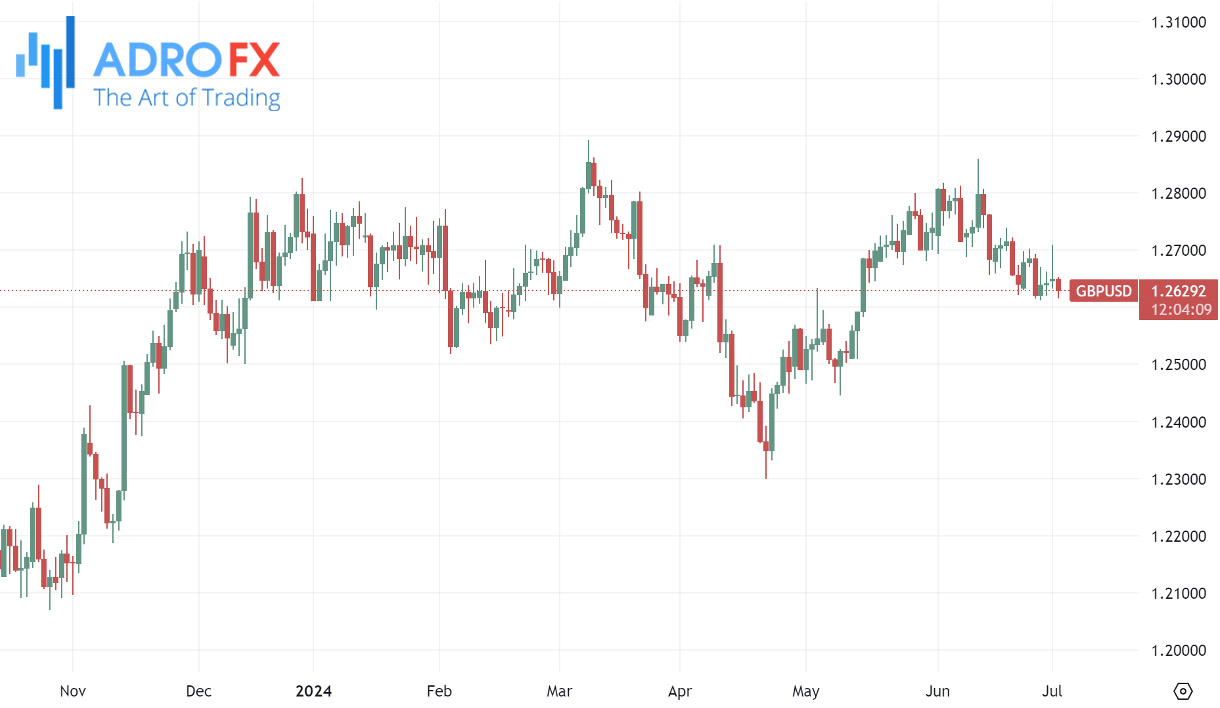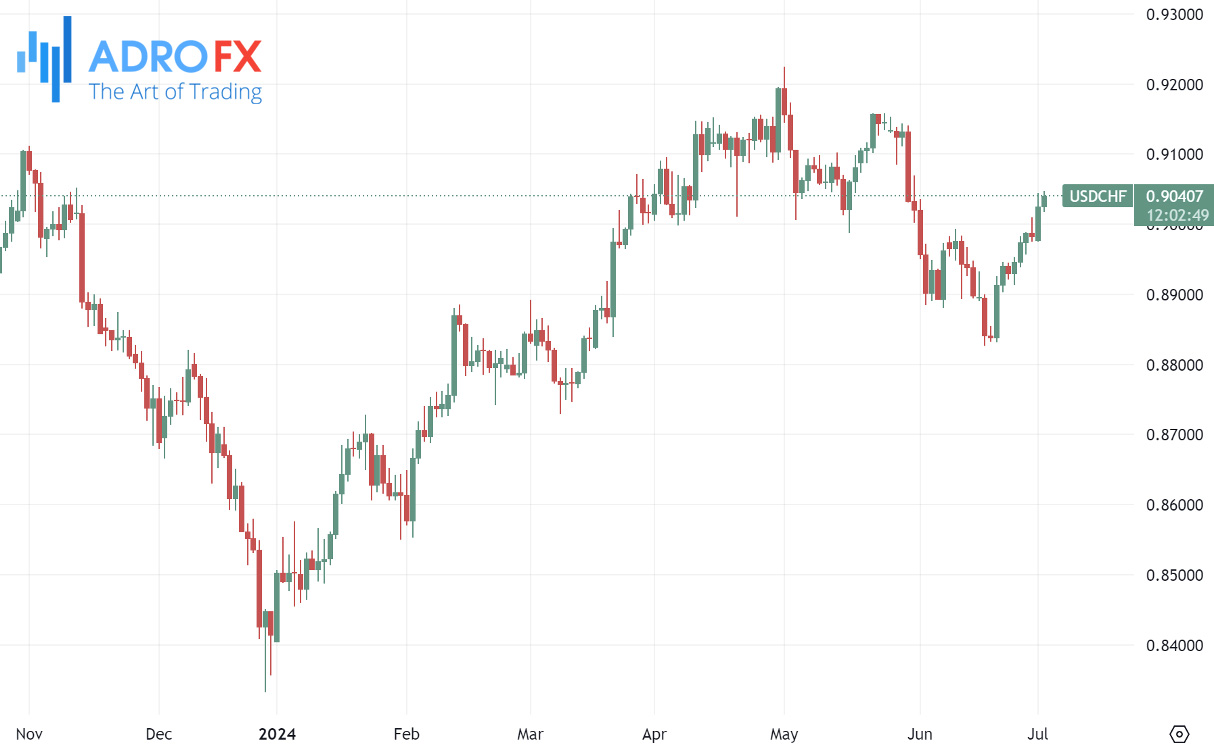Choosing the Right Forex Currency Pairs: A Comprehensive Guide

Navigating the complexities of forex trading begins with choosing the right currency pairs. Understanding the dynamics of these pairings is fundamental to success in the global currency market. Each currency pair represents a unique interplay between two currencies, where their comparative value drives trading decisions and outcomes.
Currency pairs are quoted in forex trading to indicate how much of one currency is needed to purchase one unit of another. For instance, in the EUR/USD pair, the euro (EUR) is the base currency, and the US dollar (USD) is the quote currency. This relationship defines the exchange rate and forms the basis of trading strategies tailored to different market conditions.
This comprehensive guide explores the nuances of currency pairs in forex trading, from major to exotic pairs, and discusses essential factors such as liquidity, volatility, economic indicators, and market correlations. By understanding these factors and crafting effective trading strategies, traders can maximize opportunities while managing risks effectively in the dynamic forex landscape.
Understanding Currency Pairs
A currency pair in forex trading represents the quotation of two different currencies, where the value is determined by comparing one currency against another. For instance, in the EUR/USD currency pair, EUR is the base currency, and USD is the quote currency. This pairing indicates how much of the quote currency is required to purchase one unit of the base currency.
Base Currency vs. Quote Currency:
- Base Currency
This is the first currency listed in the pair and is the currency being bought or sold. In EUR/USD, EUR is the base currency.
- Quote Currency
This is the second currency in the pair and shows the amount needed to buy one unit of the base currency. In EUR/USD, USD is the quote currency. For example, an exchange rate of 1.20 for EUR/USD means that 1 Euro equals 1.20 US Dollars.
Major, Minor, and Exotic Currency Pairs:
These involve the most traded currencies globally, including USD, EUR, JPY, GBP, CHF, CAD, and AUD. Examples include EUR/USD, USD/JPY, and GBP/USD. Major pairs typically offer high liquidity and lower spreads.
These pairs exclude the US Dollar but include other major currencies. Examples are EUR/GBP, GBP/JPY, and AUD/CAD. Minor pairs, while still liquid, may have wider spreads compared to major pairs.
These pairs pair a major currency with a currency from a smaller or emerging market economy, like USD/TRY (US Dollar/Turkish Lira) or EUR/HKD (Euro/Hong Kong Dollar). Exotic pairs tend to have lower liquidity, higher volatility, and wider spreads, making them riskier and more expensive to trade.
Understanding these distinctions empowers traders to make informed decisions aligned with their risk tolerance, trading strategy, and prevailing market conditions.

Factors to Consider When Choosing a Currency Pair
Choosing the appropriate currency pair in forex trading is critical for achieving success. To make informed decisions that maximize profit potential while minimizing risks, traders should consider several key factors. These factors include liquidity, volatility, market hours, economic indicators, correlation with other markets, and spread and transaction costs.
- Liquidity
Liquidity refers to how easily a currency pair can be bought or sold without causing significant price changes. Opting for highly liquid pairs such as EUR/USD, USD/JPY, GBP/USD, and USD/CHF ensures traders can execute trades swiftly at predictable prices. High liquidity typically results in narrower spreads and reduced trading costs, contributing to a more stable trading environment.
- Volatility
Volatility measures the frequency and magnitude of price movements within a specific period. While high volatility presents opportunities for substantial profits due to larger price swings, it also entails higher risks of significant losses. Traders should employ effective risk management strategies when dealing with volatile pairs to capitalize on opportunities while protecting against potential downsides.
- Market Hours
The forex market operates 24 hours a day across different time zones, with major trading sessions overlapping during specific periods. Trading volumes and liquidity are typically higher during these overlaps, leading to more significant price movements. Understanding the best times to trade specific currency pairs - such as EUR/USD and GBP/USD during the London-New York overlap - optimizes trading efficiency and opportunity.
- Economic Indicators
Economic indicators, including GDP, employment data, inflation rates, and central bank decisions, provide insights into economic health and influence currency prices. Traders should stay informed about upcoming economic releases using calendars to anticipate market movements and adjust strategies accordingly.
- Correlation with Other Markets
Currency pairs can exhibit correlations with commodities, stocks, and bonds, influencing their price movements. Recognizing these correlations - such as the Australian Dollar's relationship with commodity prices or the Japanese Yen's ties to bond yields - allows traders to anticipate currency movements based on broader market trends.
- Spread and Transaction Costs
The spread, or the difference between buy and sell prices, reflects the cost of executing trades. Tight spreads indicate lower transaction costs and higher liquidity, making major pairs like EUR/USD, USD/JPY, and GBP/USD particularly attractive. Minimizing trading costs by selecting pairs with favorable spreads enhances profitability and aligns with overall trading strategies.
By carefully evaluating these factors, traders can select currency pairs that align with their trading objectives, risk tolerance, and market conditions, thereby enhancing their chances of success in forex trading.
Also read: Understanding The Forex Spread
Popular Currency Pairs and Their Characteristics
Currency pairs are fundamental to forex trading, each possessing unique traits that traders leverage for profit. Understanding their distinct characteristics aids in making informed trading decisions and managing risks effectively. Here's an overview of some popular currency pairs and what makes them noteworthy in the forex market:
EUR/USD
EUR/USD, known for its high liquidity and stable trading conditions, is favored by traders worldwide. It sees significant activity during the overlap of European and American trading sessions, driven by economic data releases from both regions. Economic indicators such as GDP reports, inflation data, and central bank announcements strongly influence its price movements.

GBP/USD
GBP/USD, often referred to as Cable, is notable for its higher volatility compared to EUR/USD, particularly during the London session. Traders closely monitor UK economic indicators, including GDP, employment data, and inflation reports, as well as geopolitical developments like Brexit. News related to UK political stability and monetary policy decisions by the Bank of England significantly impact its price dynamics.

USD/JPY
USD/JPY exhibits lower volatility and is influenced by economic data from the US and Japan. It reacts strongly to US economic indicators such as nonfarm payrolls and GDP, as well as Japanese economic data like Tankan surveys and industrial production figures. USD/JPY is also sensitive to global risk sentiment, with the yen often sought as a safe-haven during market uncertainty.

AUD/USD
AUD/USD, known as the Aussie, is closely tied to commodity prices due to Australia's resource-driven economy. It experiences heightened volatility during the Asian session when Australian economic data, such as employment figures and retail sales, are released. Traders also monitor developments in China, Australia's largest trading partner, which influence its price movements.

USD/CHF
USD/CHF, known as the Swissie, is correlated with safe-haven flows and Swiss monetary policies. It typically exhibits lower volatility and is influenced by global economic stability, US economic releases, and interventions by the Swiss National Bank. Traders watch global risk sentiment and geopolitical tensions, which impact its price dynamics significantly.

Also read: A Comprehensive Guide On How To Trade USD/CAD Currency Pair
Developing a Trading Strategy
Developing a solid trading strategy is paramount in navigating the complexities of the forex market with confidence and discipline. It serves as your roadmap, guiding decisions on when to enter or exit trades based on careful analysis and market conditions. Here’s a deeper look into crafting effective strategies tailored to different currency pairs:
When trading major pairs like EUR/USD, characterized by high liquidity and relatively lower volatility compared to exotics, strategies often revolve around capturing smaller price movements during active trading sessions. Traders typically leverage economic data releases such as interest rate decisions, GDP reports, or employment figures from the Eurozone and the United States to identify trading opportunities.
For pairs with higher volatility, such as GBP/USD, strategies may focus on breakout trading or trend following. These pairs can experience significant price swings driven by geopolitical events, central bank announcements, or unexpected economic data releases from the UK and US. Traders need to employ robust risk management techniques, including setting appropriate Stop Loss levels and managing position sizes to mitigate potential losses during volatile market conditions.
Risk management remains a cornerstone of any successful trading strategy across all currency pairs. This involves diversifying positions, using Stop Loss orders to limit downside risk, and adhering to disciplined trading practices. It ensures that no single trade or market event can significantly impact your overall trading capital.
Moreover, adapting your strategy to economic indicators and market correlations specific to each currency pair enhances its effectiveness. For instance, understanding how USD/JPY reacts to US and Japanese economic data helps in formulating timely trading decisions. Similarly, recognizing the impact of commodity prices on AUD/USD or the influence of European economic policies on EUR/GBP can refine trading strategies further.
Successful forex trading requires continuous refinement of strategies based on market insights, technological advancements, and personal experience. By integrating thorough analysis, prudent risk management, and adaptability, traders can enhance their ability to achieve consistent profitability while navigating the dynamic forex landscape effectively.
Ready to trade forex with confidence? Open an account with AdroFx and start trading a wide range of currency pairs today. Register Now to begin your trading journey!
Conclusion
Forex trading is a dynamic and round-the-clock activity that demands thoughtful consideration when selecting currency pairs. This global marketplace operates continuously, reacting to economic data, geopolitical developments, and shifts in market sentiment. Understanding the nuances of currency pairs is essential for making informed trading decisions that align with your financial objectives and risk tolerance.
The choice of currency pair significantly influences trading outcomes. Factors such as liquidity, volatility, market hours, economic indicators, correlation with other markets, and transaction costs all play crucial roles and should be carefully assessed. Each currency pair exhibits unique characteristics and reacts distinctively to market conditions, making certain pairs more conducive to specific trading strategies than others.
Developing a robust trading strategy is fundamental for navigating the complexities of the forex market effectively. Whether focusing on major pairs like EUR/USD or navigating through volatile pairs such as GBP/USD, a well-defined plan is vital for seizing opportunities while managing risks. Strategies can range from trend following and breakout trading to employing advanced risk management techniques like setting Stop Loss orders and determining optimal position sizes.
Effective risk management remains paramount in forex trading. Diversifying your portfolio, using leverage judiciously, and maintaining discipline in your trading approach are essential practices for safeguarding capital. Adapting strategies in response to economic indicators and comprehending market correlations further enhances your ability to make informed trading decisions.
In conclusion, achieving success in forex trading necessitates ongoing learning, adaptability to market dynamics, and disciplined execution of strategies. By staying informed, maintaining flexibility, and adhering to sound risk management principles, traders can navigate the forex market with confidence and work towards achieving consistent profitability over time.
About AdroFx
Established in 2018, AdroFx is known for its high technology and its ability to deliver high-quality brokerage services in more than 200 countries around the world. AdroFx makes every effort to keep its customers satisfied and to meet all the trading needs of any trader. With the five types of trading accounts, we have all it takes to fit any traders` needs and styles. The company provides access to 115+ trading instruments, including currencies, metals, stocks, and cryptocurrencies, which make it possible to make the most out of trading on the financial markets. Considering all the above, AdroFx is the perfect variant for anyone who doesn't settle for less than the best.










